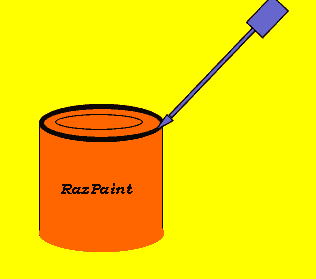
Click to hide the solution

Click to hide the solution
| Levers
|
 |
|
The most simplest
of machines is the common lever. |
||
| A simple metal bar can act to magnify forces and shift objects heavier than the person holding the metal bar as long as the effort is further from the fulcrum than the load. Take a look at the video on the right. The person moving this huge rock applies very little effort to move it. Look how far back from the fulcrum they apply the force on the lever. |
|
|
| A lever can even be used to propel objects at great speed as long as the effort is closer to the fulcrum than the load. Don't look to lift heavy objects in this setup. |
|
|
| All levers have a fulcrum (turning point), effort (the force provided by a person on some other source) and the load (the force we are pushing against). | ||
| There are three classes
of levers, first order, second order and third
order. They differ in the position of the fulcrum, load
and effort. Depending on where the fulcrum, load or effort are positioned a lever can actually magnify the force applied and make it easier to do work, like shifting a heavy rock, with little effort . This is called mechanical advantage, but more on that later. Also by adjusting the positions of each of the three components, effort, fulcrum and load we can use levers to increase the speed of an object we are seeking to move and propel it far away, much like a catapult. Two rules you should keep in mind: |
 |
|
-
If the effort is further away from the fulcrum than the load, the lever provides a mechanical advantage and it is easier to lift a heavy load with little effort. Let's start with a first order lever. |
||
First order
levers have the turning point(fulcrum) between the load and the effort.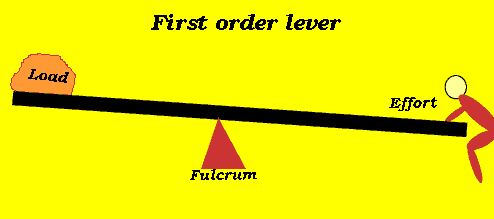 |
||
| A well known first order lever is the see-saw.
|
||
|
A pair of wire cutters is an example of two first order levers working together. | |
A screw driver used to open a can of paint acts as a first order lever. Can you identify the fulcrum, effort and load? Solution |
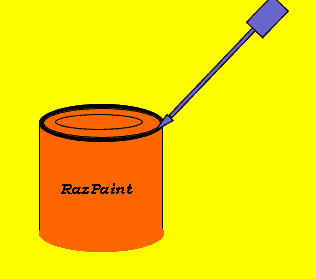 |
|
| The trebuchet was a very effective siege machine. What type of lever is represented by the trebuchet? Identify the fulcrum, load and effort. |
|
|
| A carpenter uses a hammer to pull out nails. Is this an example of a lever? If so what type of lever is it? Explain. If not explain why not. |
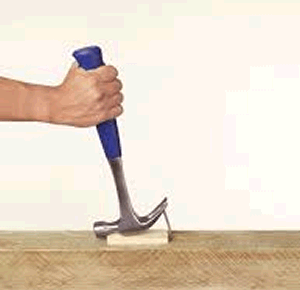 |
|
| The image on the right shows a person using a sturdy piece of wood to free the wheels from the snow. Identify the effort, load and fulcrum. What type of lever is the person using? Explain . How should the person change this setup in order to magnify the force that he is applying to the wheel? |
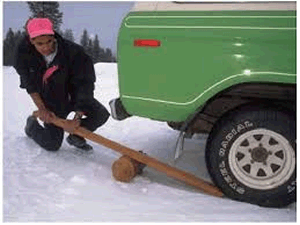 |
|
Continue with second order levers Continue - distance from fulcrum |
||